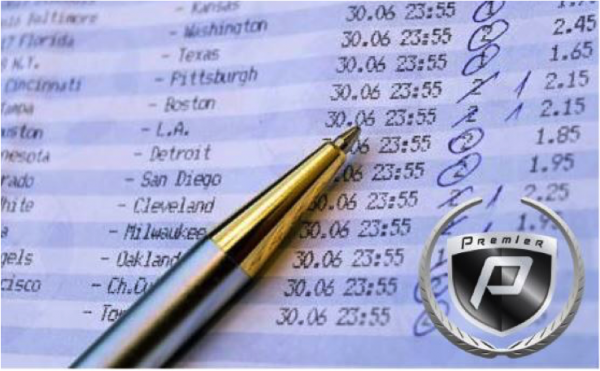How to Understand Sports Betting Odds: A Guide to Figuring Out How Betting Lines Are Set
Figuring out how to understand sports betting odds isn’t all that simple. It’s a delicate dance that relies on a perfect blend of mathematics, research, and dash of industry-specific intuition. That being said, our goal today is to explain this in a much broader, simpler way.
In order to understand how and why bookmakers adjust sports lines and odds, we’ll need to break down some quick history. Pioneered by Charles K. McNeil in the early 1940s, the point spread method, the type of sports betting system used today, revolutionized the way people laid bets. Instead of traditionally betting on the expected outcome of an event, McNeil developed a system that had bettors staking wages based on the point difference between the relative strengths of 2 competing teams. At the time, he dubbed it “wholesaling odds”, and it has since become the basis for all modern sports betting.
The points assigned to each team are based on a flurry of factors, including public perception, intuition, weather, home field advantage, injuries, trades, but most importantly, the number of wages staked for either side. Back before any form of digitized PPH bookie service existed, bookmakers were forced to rely on old-fashioned investigation and their industry savviness to properly determine these point spreads. To illustrate this, let’s say the Patriots have a score of 45.5 and the Dolphins have a score of 38.0, on a neutral field, the betting line would be Patriots -7.5.
Now, later down the line casinos in Las Vegas began compiling betting information related to point spreads, betting lines, and current odds, which would then be copied by others. From there, using the information gleaned from casinos, bookies would then use their clients’ bets as “opinion makers” to hammer the betting line closer to the perceived, likely outcome. Essentially, they copied a template from someone else and adjusted the lines based on what their own, individual bettors were staking.
Depending on which way people were betting, bookmakers would then adjust the “bookie line” in order to properly balance their sheet. Achieving proper balance ensures that the bookie will generate some kind of profit, and that is how betting lines are set.
You Don’t Need To Worry About All of This
It may sound like a ton of work to run a sportsbook, and you’d absolutely correct to assume this. Tracking down credible leads to help value teams, monitoring the volume of wages staked, and keeping your eye on shifts in public opinion is nearly impossible to constantly manage. Bookmaker gambling no longer needs to be that complicated. With our Pay Per Head bookie software, you’ll be able to efficiently manage all of those factors, and much more, from a single portal.
See player stats, live wagers, and any form of client activity using our platform. You can monitor just about anything from the comfort of your house, and any issues can be easily fixed through our 24/7 customer service center. Start digitizing your sportsbook today, and check out our free, one month trial now!















